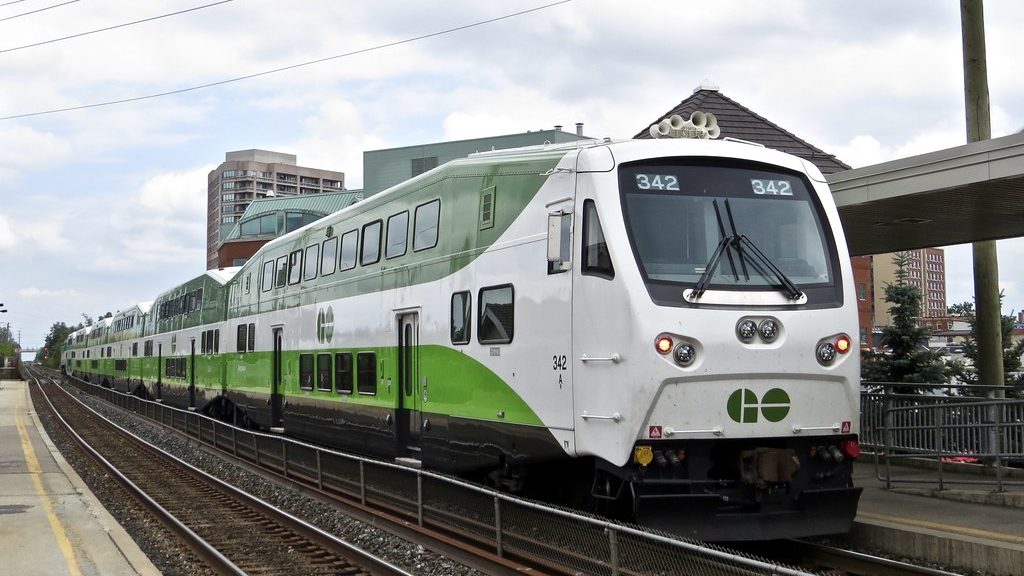650 House seats, 74 days to Brexit: UK election in numbers

Posted November 18, 2019 9:34 am.
Last Updated November 18, 2019 11:02 am.
LONDON — There’s less than a month to go until Britain’s Dec. 12 election, and the country’s political parties are battling over funding promises, economic priorities and Brexit plans.
Here is a look at some key numbers in an election that could determine not only who governs Britain, but when, how — or even whether — the country leaves the European Union:
___
46 million: The number of eligible voters in the U.K.
___
650: The number of seats in the House of Commons, all up for grabs in the election. Any party that wins a majority — or becomes the largest party, even without a majority — can form a government, with its leader as prime minister.
___
298: The number of seats held before the election by Prime Minister Boris Johnson’s ruling Conservatives — more than 20 short of a majority. The government’s lack of a majority meant it struggled to pass key measures needed for Britain to leave the European Union. Johnson says if he wins a majority he will “get Brexit done.”
___
243: The number of seats held by the left-of-centre opposition Labour Party, which is battling to return to office for the first time since 2010. Labour is trying to downplay Brexit and focus on health care, education and social welfare. It has also announced a bold plan to provide free broadband internet access to every British household.
___
96: The number of years since Britain last had a December election. British elections are usually held in the late spring, when the weather is better and the days are longer.
___
74: The number of days until Britain is due to leave the EU. Brexit day was supposed to be Oct. 31, but with Britain’s politicians deadlocked, the EU granted a three-month delay until Jan. 31.
___
More than 70: The number of lawmakers not running for re-election amid Britain’s toxic political atmosphere. Politicians on both sides of the Brexit argument have received abuse and threats. Those leaving include many moderate pro-EU Conservatives, Labour legislators who say their party has not stamped out anti-Semitism and high-profile female legislators, who have received a disproportionate amount of abuse.
___
42.8%: The portion of political parties’ campaign spending that went to digital advertising during the last election in 2017 — up from just 0.3% in 2011. It’s expected to be even more this time.
___
35: The number of seats in Parliament held by the Scottish National Party, which opposes Brexit and wants Scotland to leave the U.K. and become an independent country.
___
20: The number of seats held in Parliament by the pro-EU Liberal Democrats, who want to cancel Brexit altogether.
___
19.5 million pounds ($25 million): The maximum a party can spend on advertising, campaigning costs and other expenses if it contests all 650 constituencies across the U.K. The spending limit is calculated at 30,000 pounds ($38,650) per seat.
___
9: The number of years the Conservative Party has been in power.
___
3: The number of smaller pro-EU parties that have joined together in a tactical voting plan: the Liberal Democrats, the Greens and the Welsh party Plaid Cymru. They have pledged not to run against each other in dozens of seats to make it more likely that pro-EU candidates will prevail.
___
0: The number of seats in Parliament now held by the recently formed Brexit Party, which wants to leave the EU without a divorce deal. The party, led by Nigel Farage, hopes to change that but is not running in over 300 Conservative strongholds to avoid splitting the pro-Brexit vote.
___
Follow AP’s full coverage of Brexit and British politics at https://www.apnews.com/Brexit
Jill Lawless, The Associated Press










